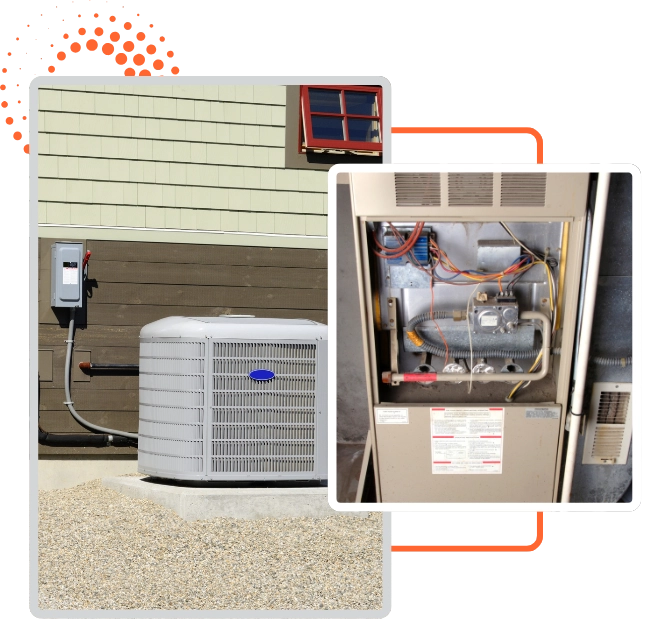-
Emergency/Next-Day Furnace Installation Available!
Furnace SizingThe Dos and Don’ts
Furnace Sizing Calculator
Furnace Sizing Calculator

Furnace SizingThe Dos and Don’ts
When it comes to heating your home, furnace sizing is one of the most critical decisions you’ll make. An appropriately sized furnace ensures comfort, efficiency, and longevity, which ultimately leads to lower energy bills. Poor sizing, on the other hand, can cause a plethora of issues, including increased energy costs, inconsistent temperatures, and even potential damage to your heating system. This extensive guide will walk you through the dos and don’ts of furnace sizing, provide a detailed temperature chart for various Canadian climates, and offer a simple furnace calculator to help you determine the best heating capacity for your home.
What is Furnace Sizing?
Furnace sizing refers to selecting a heating unit that has the right capacity (measured in British Thermal Units, or BTUs) to warm your home. It involves a comprehensive assessment of your specific requirements based on several factors, including your home’s size, insulation levels, and local climate conditions.
Why is Proper Sizing Crucial?
Energy Efficiency
An oversized furnace may heat your home too quickly, leading to frequent on-off cycles that waste energy.

Comfort Levels
An undersized unit struggles to maintain a consistent temperature, causing discomfort in colder periods.

Longevity of Equipment
A furnace that operates improperly due to sizing issues may face more wear and tear, reducing its lifespan.

Air Quality
Properly sized systems facilitate better airflow, which can contribute to improved indoor air quality.

Detailed Chart: Heating Requirements for
Canadian TemperaturesThe chart below outlines BTU requirements based on average winter temperatures in various Canadian
cities. This will provide a reference for determining furnace size for different locations.
| City | Avg. Winter Temperature (°C) | Desired Room Temperature (°C) | Temperature Difference (°C) | BTUs Needed per Sq Ft |
|---|---|---|---|---|
| Vancouver | 3 | 21 | 18 | 30 |
| Calgary | -5 | 21 | 26 | 40 |
| Edmonton | -10 | 21 | 31 | 45 |
| Toronto | -1 | 21 | 22 | 35 |
| Ottawa | -8 | 21 | 29 | 45 |
| Montreal | -7 | 21 | 28 | 44 |
| Halifax | -5 | 21 | 26 | 36 |
| St. John’s | -4 | 21 | 25 | 34 |
| Winnipeg | -15 | 21 | 36 | 50 |
| Regina | -12 | 21 | 33 | 48 |
Furnace Sizing Calculator
How to Use the Chart
Calculate Your Home’s Total Area : Measure the total square footage of the space you want to heat.
Identify Your Location : Locate your city in the chart to find the average winter temperature.
Determine BTUs Needed : Multiply the total area by the BTUs needed per square foot listed in the chart.
Example Calculation :
If you live in Winnipeg and have a home that is 1500 sq ft:
Temperature Difference : 36°C (average winter temp of -15°C to desired 21°C).
BTUs Needed per Sq Ft : 50.
Computation :
1500 sq ft x 50 BTUs = 75,000 BTUs needed for effective heating.
This means you should look for a furnace that can deliver approximately 75,000 BTUs to suitably heat your home during winter.

